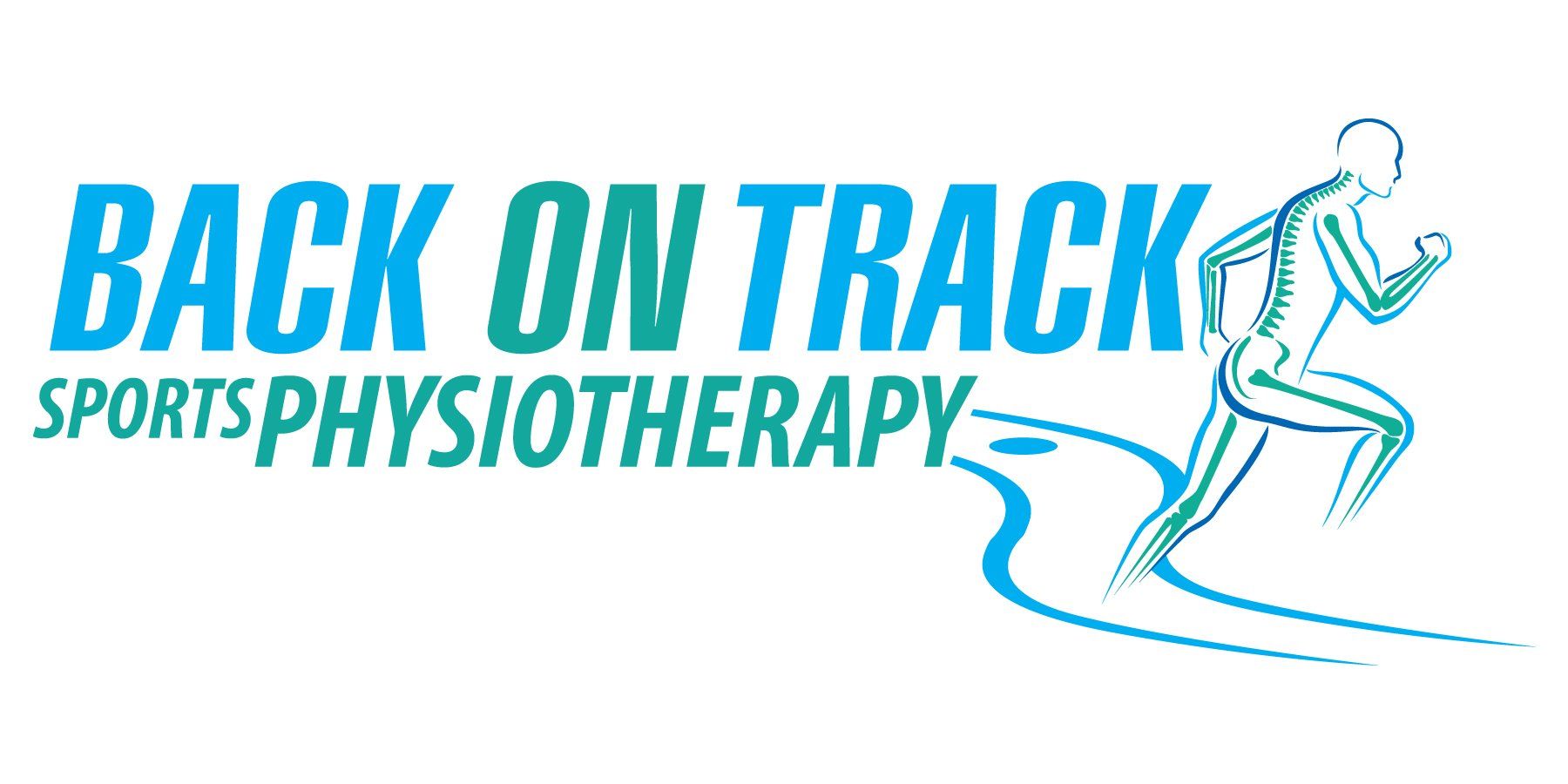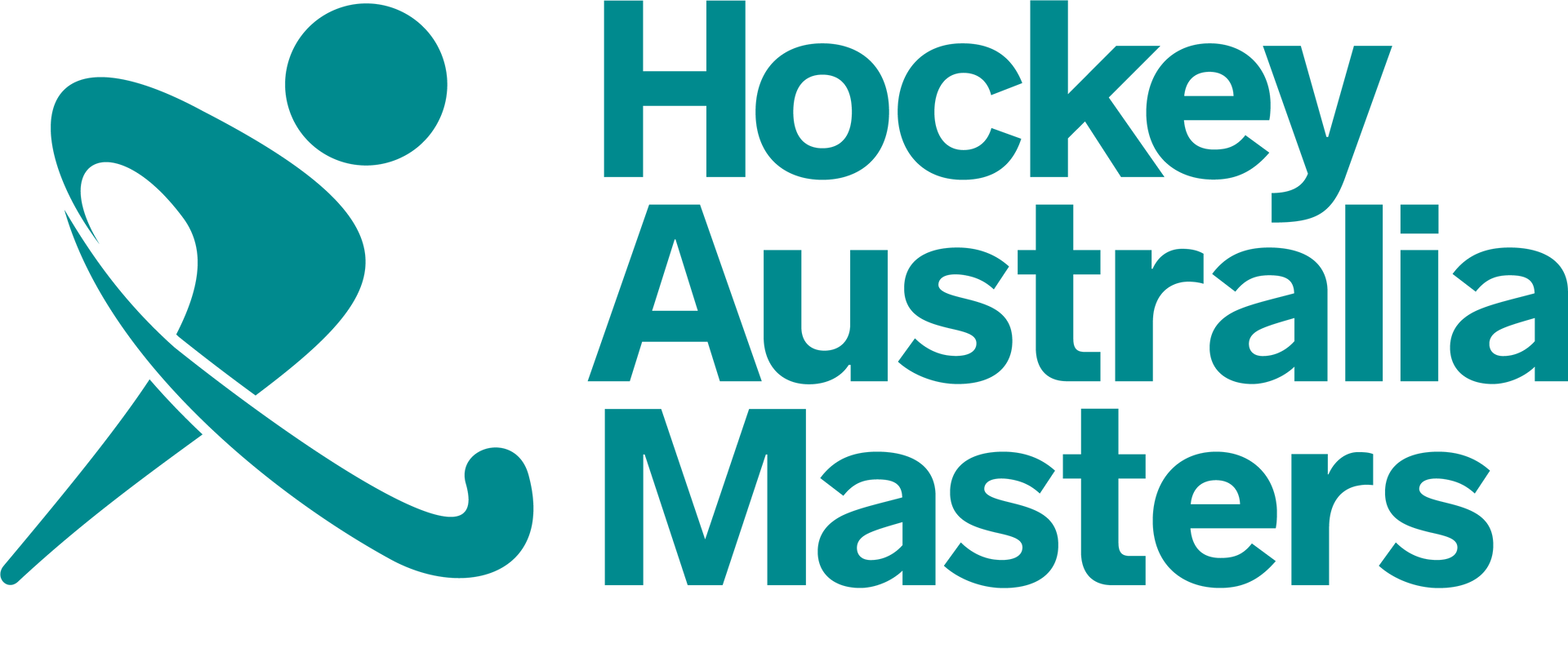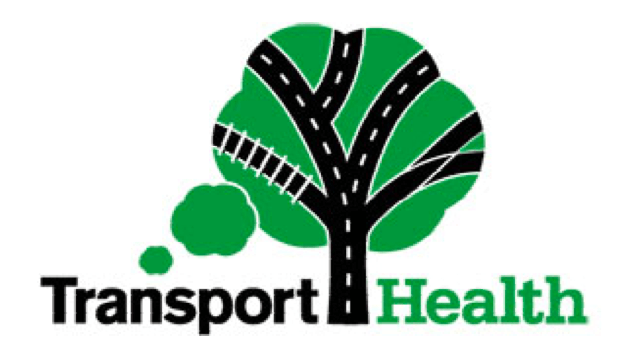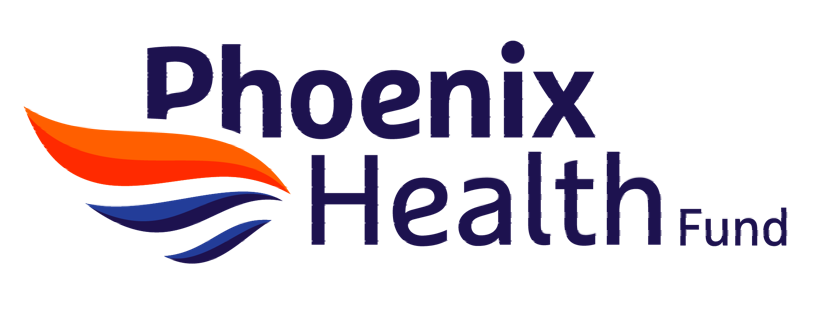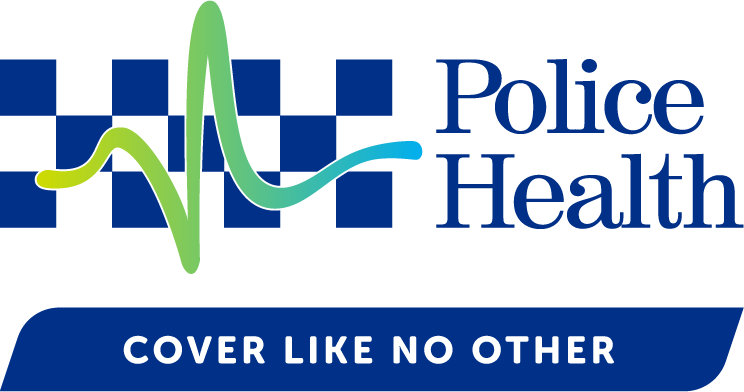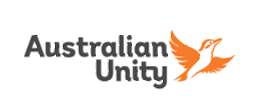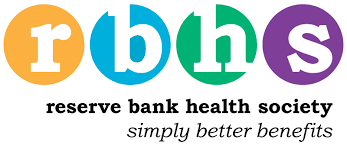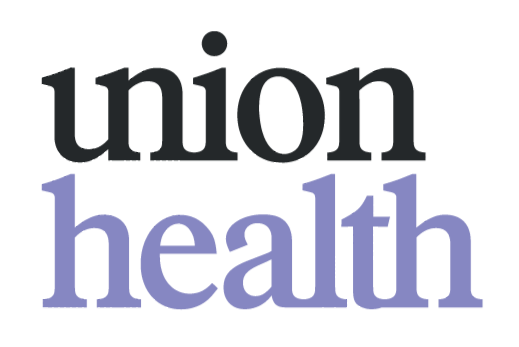Open 7 Days
Complete Guide to Pain Management & Physiotherapy Recovery

This comprehensive guide equips you to effectively manage and overcome various forms of physical pain, improving your daily comfort and quality of life. Understanding the root causes of discomfort is the first crucial step towards lasting relief, as physiotherapy offers proven pathways to recovery.
Throughout this guide, we will delve into key areas of pain management, including:
- Lower Back & Sciatica Pain
- General Aches, Pain & Everyday Living
- Headache & Migraine Management
- Post Injury & General Recovery
From our experience, finding true relief often involves a blend of care, including specialised therapies and treatments.
Whether you are dealing with everyday aches, chronic conditions, or recovering post surgery, effective physiotherapy can make a profound difference to your well being. To begin your journey towards a pain free life, consider exploring our expert musculoskeletal physiotherapy services today.
Disclaimer
Important Note: The information provided in this blog post is for general educational and informational purposes only, and does not constitute medical advice. It is not intended to diagnose, treat, cure, or prevent any health condition. Always consult with a qualified healthcare professional, such as a physiotherapist or doctor, for personalised advice regarding your specific circumstances, health concerns, or before starting any new treatment or exercise program. Individual results and recommendations may vary.
Frequently Asked Questions (FAQs)
Here are some common questions we receive about pain, its causes, and how physiotherapy can help you find lasting relief and improve your daily comfort. We aim to provide clear, straightforward answers to guide your understanding.
Q1. What causes common aches and pains in daily life?
Everyday aches often stem from poor posture, repetitive movements, muscle imbalances, or prolonged static positions like desk work. Stress, insufficient rest, and even weather changes can also contribute to discomfort and stiffness.
Q2. When should I consider seeing a physiotherapist for my pain?
You should consider physiotherapy if pain persists beyond a few days, impacts daily activities, or is worsening. Early intervention can prevent acute pain from becoming chronic. For more on how physiotherapy can help, visit Healthdirect Australia.
Q3. Are there specific exercises I can do for pain relief at home?
Yes, targeted home exercises are crucial for pain relief and long term recovery. Your physiotherapist can provide a personalised program tailored to your condition. You can also find helpful demonstrations in our exercise video library.
Understanding Your Pain and The Physiotherapy Approach
Understanding how pain affects your body and daily life is the first step towards effective management and lasting relief. At Back On Track Sports Physiotherapy, we focus on diagnosing the root cause of your discomfort, providing targeted treatments that guide your recovery.

Lower Back & Sciatica Pain
Continuing on your path to lasting comfort, this section focuses on lower back and sciatica pain, two very common conditions we treat. We know how debilitating these can be, so here we break down their causes and outline effective physiotherapy strategies for relief and improved mobility.
- Understanding common causes of discomfort.
- Outlining effective physiotherapy treatments.
- Highlighting targeted exercises for relief.
- Providing guidance on when to seek professional help.
Understanding Common Causes of Back Pain
Back pain often arises from a combination of factors, including poor posture, muscle strains from heavy lifting, or prolonged sitting. Disc issues, arthritis, and nerve compression like sciatica are also frequent culprits. Identifying the specific cause is crucial for effective treatment. For a trusted overview of causes, see Healthdirect Australia on Back Pain.
- Posture and lifting are key factors.
- Underlying issues like disc problems can contribute.
Effective Physiotherapy Treatments for Back & Spinal Pain
Our experienced physiotherapists utilise a range of evidence based techniques to alleviate back and spinal pain. This includes hands on manual therapy, specific strengthening and flexibility exercises, and postural correction. Treatments are always tailored to your unique diagnosis and recovery goals. For targeted relief, we also offer dry needling as part of a comprehensive plan.
- Manual therapy and targeted exercises are core.
- Personalised treatment plans are essential.
Targeted Exercises for Sciatica Relief and Prevention
Specific exercises are vital for easing sciatica symptoms and preventing recurrence. These often focus on nerve glides to reduce compression, strengthening core muscles to support the spine, and improving flexibility in the hips and hamstrings. Consistent, correct exercise is key to long term relief. For more detailed exercise guidance, review our physiotherapy for lower back pain guide.
- Exercises reduce nerve compression.
- Strengthening core muscles aids prevention.
When to Seek Professional Help for Persistent Back Pain
It is wise to seek professional physiotherapy help if your back pain is severe, persistent, or interferes with daily activities. Early assessment can pinpoint the issue, prevent chronicity, and guide you towards appropriate treatment. Do not delay if you experience numbness, weakness, or bladder or bowel changes.
- Persistent or worsening pain needs attention.
- Numbness or weakness requires immediate assessment.
Read the blog for more details of
lower back pain relief in Melbourne.
General Aches, Pain & Everyday Living
As part of our comprehensive approach to pain management, we often look at how daily habits impact your comfort. This section delves into general aches, pains, and discomforts that arise from everyday living, offering practical insights and solutions to help you move freely.

- Identifying common lifestyle triggers.
- Optimising your work and home environment.
- Strategies for managing repetitive strain.
- Tips for coping with weather related discomfort.
Identifying Lifestyle Triggers for Daily Aches
Many common aches and pains are directly linked to our daily routines and postures. Recognising these triggers is a key step towards prevention and effective management. Frequent culprits include prolonged static positions, repetitive movements without adequate breaks, or poor body mechanics during tasks.
- Poor posture is a common trigger.
- Repetitive tasks can lead to discomfort.
Ergonomic Tips for Desk Work and Home Environments
Optimising your workspace is vital for reducing strain and preventing pain from prolonged positions. Simple adjustments can make a big difference. These include:
- Adjusting your chair height for proper alignment.
- Positioning your monitor at eye level.
- Taking regular breaks to move and stretch.
For more detailed advice, you can revisit our guide on desk job aches and pains.
Managing Pain from Repetitive Strain Injuries
Repetitive strain injuries (RSIs) like tennis elbow or carpal tunnel syndrome often develop from repeated movements without adequate rest or proper form. Physiotherapy helps diagnose these conditions, offering tailored exercises, manual therapy, and guidance on activity modification. Complementary therapies such as remedial massage can also provide significant relief.
- Activity modification is vital.
- Tailored exercises aid recovery.
Coping with Weather Related Discomfort and Stiffness
Some individuals notice their aches and joint stiffness worsen with changes in weather, particularly cold or damp conditions. While physiotherapy cannot change the weather, it can provide strategies to help manage these symptoms and maintain comfort. These involve specific gentle exercises, warmth applications, and maintaining consistent light activity.
- Gentle movement can reduce stiffness.
- Warmth often provides comfort.
Read our blog on physio relief for 'tech neck'.
Headache & Migraine Management
Finding effective strategies for pain relief also extends to headaches and migraines, which can severely impact quality of life. This section explains how physiotherapy can play a crucial role in understanding and alleviating various types of head pain, offering genuine pathways to comfort.

- Understanding headache types treatable by physio.
- Effective physiotherapy techniques for relief.
- Practical self management strategies.
- Importance of consistent routines for prevention.
Types of Headaches Physiotherapy Can Help With
Physiotherapy is particularly effective for headaches originating from the neck, known as cervicogenic headaches. We also regularly assist with tension type headaches, which are often linked to muscle tightness and stress in the head, neck, and shoulders. For some individuals, physiotherapy can even help reduce the frequency or intensity of certain migraine types by addressing musculoskeletal triggers.
- Cervicogenic headaches are a key focus.
- Tension headaches respond well to treatment.
Physiotherapy Techniques for Headache Relief
Our approach to headache relief often involves hands on techniques and targeted interventions. These include gentle joint mobilisation and soft tissue release in the neck, postural correction exercises, and ergonomic advice. Techniques like dry needling can also be effective in releasing trigger points associated with head pain.
- Manual therapy reduces neck tension.
- Posture correction is a vital element.
Self Management Strategies for Reducing Headache Frequency
Beyond clinic treatments, integrating self management strategies into your daily routine can significantly help. This includes maintaining good posture, regular gentle neck mobility exercises, and stress reduction techniques. Ensuring adequate hydration and consistent sleep patterns are also simple, yet impactful, steps towards reducing headache frequency.
- Good posture helps prevent strain.
- Stress reduction is key to management.
Post Injury & General Recovery
Your journey towards complete recovery often follows an injury or surgical procedure, and achieving full function is our shared goal. This section outlines how expert physiotherapy guides you through the rehabilitation process, addressing pain and restoring strength for a confident return to daily activities.

- Understanding the stages of healing.
- The role of physiotherapy post surgery.
- Guidelines for a safe return to activity.
- Support for work related injuries.
Understanding the Healing Process After Injury or Surgery
After an injury or surgery, your body naturally begins a complex healing process involving inflammation, repair, and remodelling. Expert physiotherapy supports each of these vital stages. We guide your body's natural recovery by:
- Preventing scar tissue restrictions.
- Improving circulation to injured areas.
- Ensuring optimal tissue regeneration.
The Role of Physiotherapy in Post Surgical Rehabilitation
Physiotherapy is absolutely crucial for a successful outcome after surgery, whether it is for a joint replacement, a fracture, or a spinal procedure. Our tailored rehabilitation programs focus on managing post operative pain and swelling, restoring your range of motion, rebuilding lost strength, and progressively reintroducing functional movements. We guide you every step towards regaining independence.
- Pain and swelling management are key.
- Restoring range and strength are priorities.
Gradual Return to Activity Guidelines for Safe Recovery
A phased, carefully managed return to normal activities or sport is paramount after injury or surgery to prevent re injury. Our physiotherapists design progressive exercise plans, ensuring your body adapts safely and effectively. We teach you to listen to your body's signals, building confidence at each stage until you can perform tasks without discomfort or risk. We teach you to:
- Progress activities gradually and systematically.
- Listen to your body's signals.
Addressing Work Related Injuries and Rehabilitation
Work related injuries can significantly disrupt your professional and personal life. Back On Track Sports Physiotherapy provides specialised rehabilitation programs for common workplace accidents and repetitive strain injuries. We work with you to alleviate pain, restore function, and implement strategies for a safe, timely return to work, assisting with WorkCover processes as needed.
- Early intervention is important.
- Tailored plans aid return to work.
Conclusion
Navigating the complexities of pain can be challenging, but this guide has provided a comprehensive overview of how physiotherapy offers clear pathways to relief and lasting recovery. We aim to equip you with the knowledge to understand your pain and the effective strategies available.
At Back On Track Sports Physiotherapy, your journey to moving better and feeling better is our priority. We are dedicated to providing personalised, evidence based care.
Contact our expert team or book your appointment online for tailored physiotherapy guiding you to lasting pain relief and recovery.
📍 Visit us at 19–21 High Street Glen Iris, Melbourne
🕒 Open 7 days a week
💻
Book online
📞 Or call


